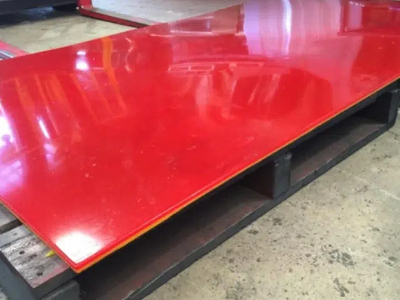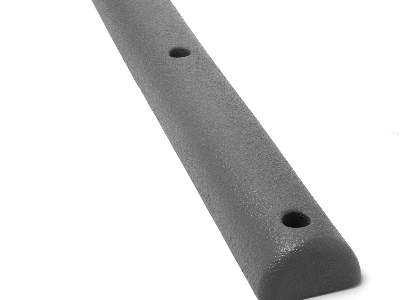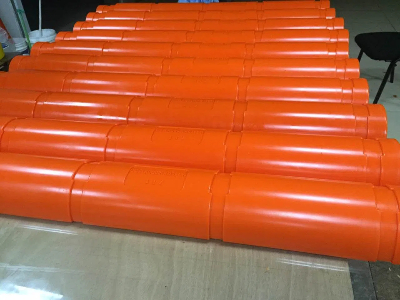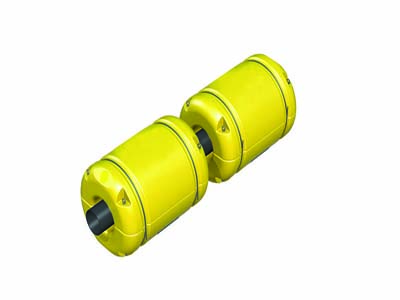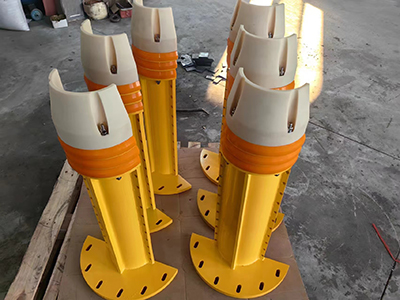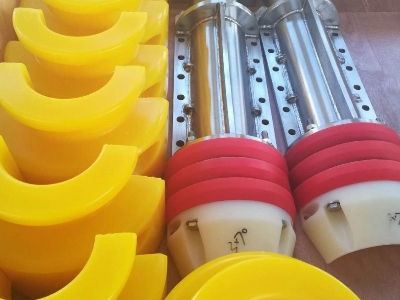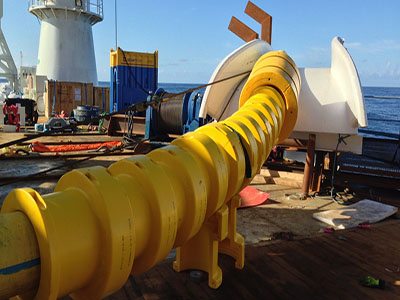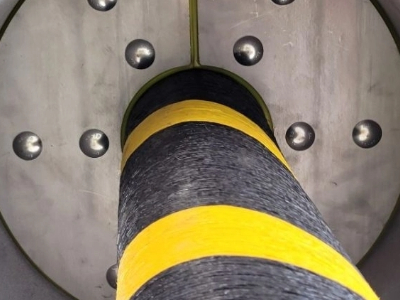Polyurethane bend restrictors used in the offshore energy industry exhibit characteristics that prevent excessive cable bending, offer corrosion resistance, anti-aging properties, and wear resistance. They are used in floating and fixed offshore wind farms and offshore oil and gas platforms.
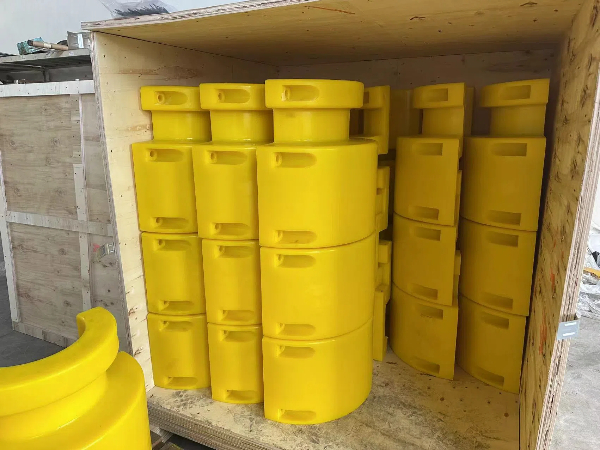
Main types of the offshore energy industry
• Offshore oil and gas platforms
Including fixed platforms, semi-submersible platforms, and floating production storage and offloading units (FPSO), which are used for the exploitation and processing of subsea oil and gas fields.
• Offshore wind farms
Building large wind turbine clusters in the sea area, polyurethane bend restrictors are installed on cables connected to offshore substations.
Why do we need polyurethane bend restrictors?
In these complex and changing marine environments, flexible risers, cables, or hoses must remain stable under the dynamic influence of tides, waves, currents, and other factors. However, near the connection points (PLETs, wellheads, cable joints, J/I-type exits), due to mechanical stress concentration, frequent bending or tension changes, it is very easy to cause excessive bending, fatigue damage, or even breakage.
The polyurethane bend restrictor limits the bending radius through a mechanical structure, thereby effectively preventing the bending angle from exceeding the design safety limit and ensuring the long-term stable operation of the cable.
The main function of the polyurethane bend restrictor
• Control the minimum bending radius
The bend restrictor is designed through a series of nested structures (similar to vertebrae) to ensure that the cable or hose will not be lower than its minimum bending radius when bending, thereby preventing structural damage.
• Relieve stress concentration
Disperse the tension and pressure generated by wave movement or platform drift to avoid stress concentration at the connection end.
• Protect joints and transition areas
Especially in key areas such as J-tube outlets and buoy connection points, the bend restrictor plays a transition buffer role, effectively reducing the risk of failure.
• Improve system life
Extend the service life of submarine cables and flexible risers through physical protection measures and reduce maintenance and replacement costs.
• Adapt to complex marine environments
Polyurethane has excellent corrosion resistance, seawater erosion resistance, wear resistance, and impact resistance, and is suitable for long-term work in high-salt, high-pressure, and low-temperature environments. The general service life is 25 years.
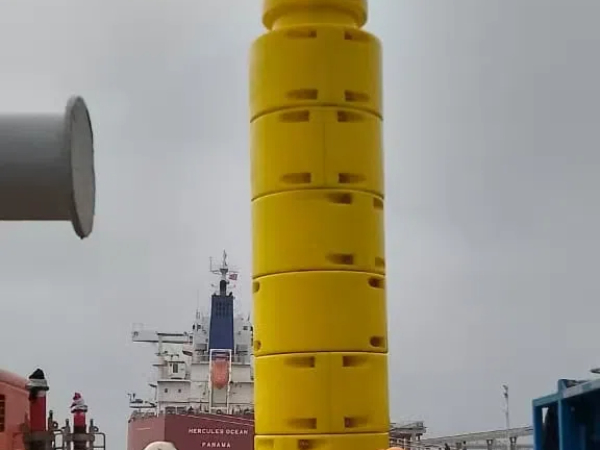
In the offshore energy industry, polyurethane bend restrictors, as a high-performance, customized submarine cable protection system, have become an important part of ensuring the safe operation of submarine pipelines and cable systems. With high structural strength, strong anti-aging ability, and convenient installation, they are the preferred products in modern marine engineering accessories.

